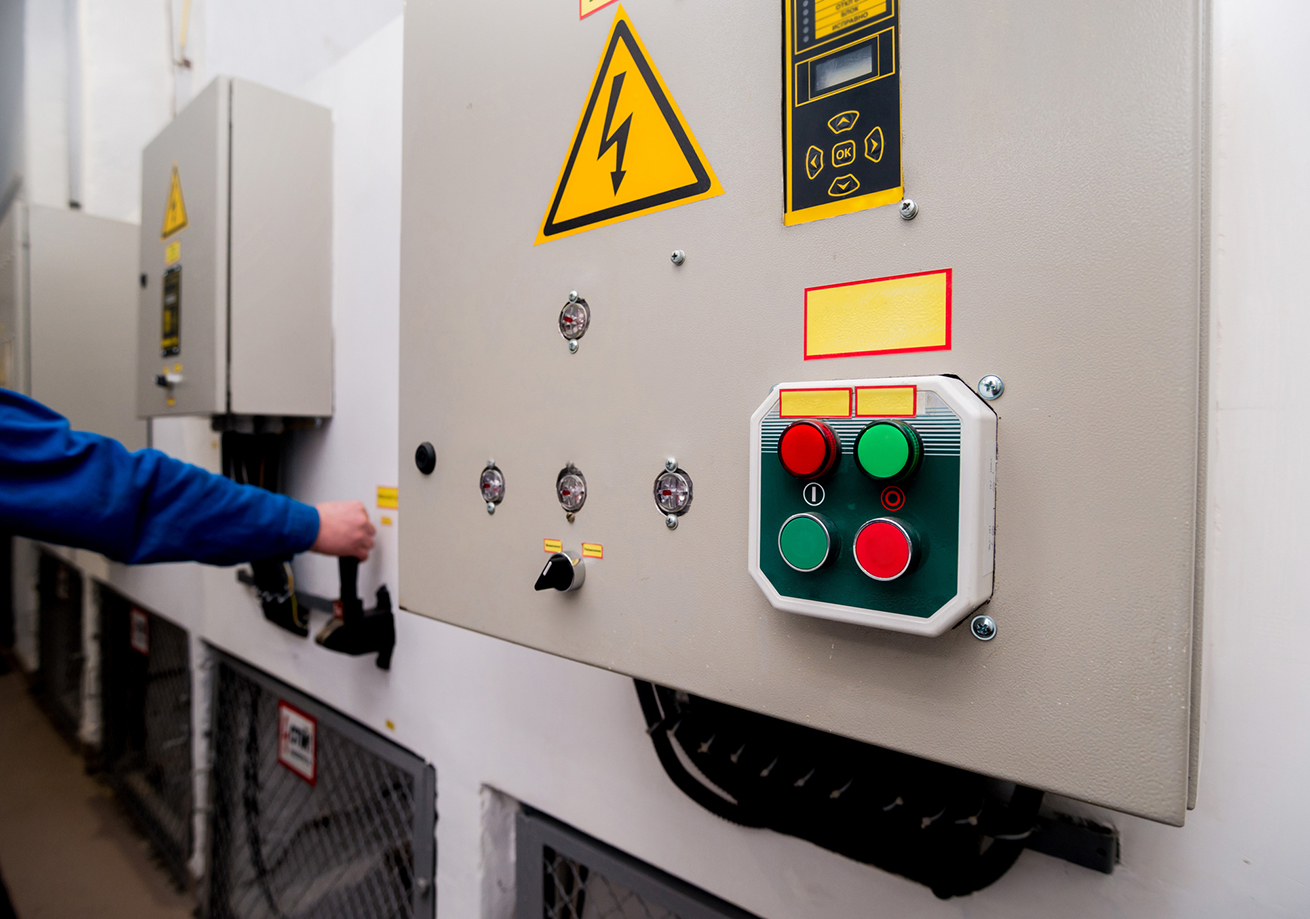Things about Roar Solutions
Things about Roar Solutions
Blog Article
Some Of Roar Solutions
In order to shield installations from a possible explosion an approach of analysing and categorizing a possibly hazardous location is called for. The purpose of this is to ensure the right selection and installment of devices to ultimately avoid a surge and to make sure security of life.

(https://letterboxd.com/roarsolutions/)
No devices ought to be set up where the surface area temperature level of the tools is above the ignition temperature level of the given danger. Below are some typical dust hazardous and their minimum ignition temperature level. Coal Dust 380C 225C Polythene 420C (thaws) Methyl Cellulose 420C 320C Starch 460C 435C Flour 490C 340C Sugar 490C 460C Grain Dirt 510C 300C Phenolic Material 530C > 450C Aluminium 590C > 450C PVC 700C > 450C Soot 810C 570C The chance of the threat existing in a concentration high enough to cause an ignition will differ from location to location.
In order to identify this threat an installment is divided right into areas of danger depending upon the amount of time the unsafe is present. These locations are referred to as Areas. For gases and vapours and dirts and fibres there are 3 zones. Area 0 Area 20 A harmful ambience is extremely likely to be existing and may exist for extended periods of time (> 1000 hours each year) or also continuously Zone 1 Area 21 A dangerous atmosphere is possible however unlikely to be present for extended periods of time (> 10 450 C [842 F] A category of T6 indicates the minimum ignition temperature level is > 85 C [185 F] Dangerous location electric equipment perhaps designed for use in greater ambient temperatures. This would certainly indicated on the ranking plate e.g. EExe II C T3 Ta + 60C( This indicates at 60C ambient T3 will certainly not be surpassed) T1 T1, T2, T3, T4, T5, T6 T2 T2, T3, T4, T5, T6 T3 T3, T4, T5, T6 T4 T4, T5, T6 T5 T5, T6 T6 T6 A T Course score of T1 suggests the maximum surface area temperature produced by the tool at 40 C is 450 C. Presuming the associated T Course and Temperature score for the equipment are ideal for the location, you can constantly utilize a tool with a much more rigorous Division score than required for the location. There isn't a clear solution to this inquiry regrettably. It actually does depend upon the kind of equipment and what repair work need to be performed. Equipment with specific examination procedures that can't be executed in the field in order to achieve/maintain 3rd party rating. Have to return to the manufacturing facility if it is before the tools's solution. Field Repair By Authorised Personnel: Complex testing might not be called for nonetheless certain procedures might require to be adhered to in order for the tools to keep its third party rating. Authorised personnel should be employed to perform the work properly Repair work should be a like for like substitute. New part have to be taken into consideration as a straight substitute needing no special testing of the tools after the fixing is complete. Each tool with a hazardous ranking should be examined separately. These are outlined at a high level listed below, but for even more comprehensive details, please refer directly to the guidelines.
All About Roar Solutions
The equipment register is an extensive data source of tools records that consists of a minimum set of areas to determine each product's place, technological criteria, Ex-spouse classification, age, and environmental data. The proportion of Detailed to Close inspections will be figured out by the Tools Danger, which is examined based on ignition risk (the likelihood of a source of ignition versus the possibility of a flammable atmosphere )and the dangerous area category
( Zone 0Area 1, or 2). Executing a robust Risk-Based Inspection( RBI )approach is essential for making certain conformity and security in handling Electrical Equipment in Hazardous Locations( EEHA).
10 Easy Facts About Roar Solutions Shown

In terms of eruptive danger, a hazardous location is an environment in which an eruptive environment is present (or might be anticipated to be present) in quantities that require unique safety measures for the building, installment and use equipment. Roar Solutions. In this post we check out the challenges faced in the work environment, the danger control procedures, and the required expertises to function securely
These substances can, in certain conditions, develop eruptive environments and these can have significant and unfortunate consequences. Many of us are familiar with the fire triangular remove any kind of one of the 3 aspects and the fire can not occur, but what does this mean in the context of hazardous areas?
In most circumstances, we can do little concerning the levels of oxygen airborne, but we can have considerable impact i thought about this on resources of ignition, for instance electric tools. Harmful locations are documented on the dangerous location category drawing and are identified on-site by the triangular "EX" indication. Right here, among other vital details, areas are divided right into 3 types depending upon the risk, the likelihood and duration that an eruptive atmosphere will exist; Area 0 or 20 is deemed one of the most unsafe and Area 2 or 22 is regarded the least.
Report this page